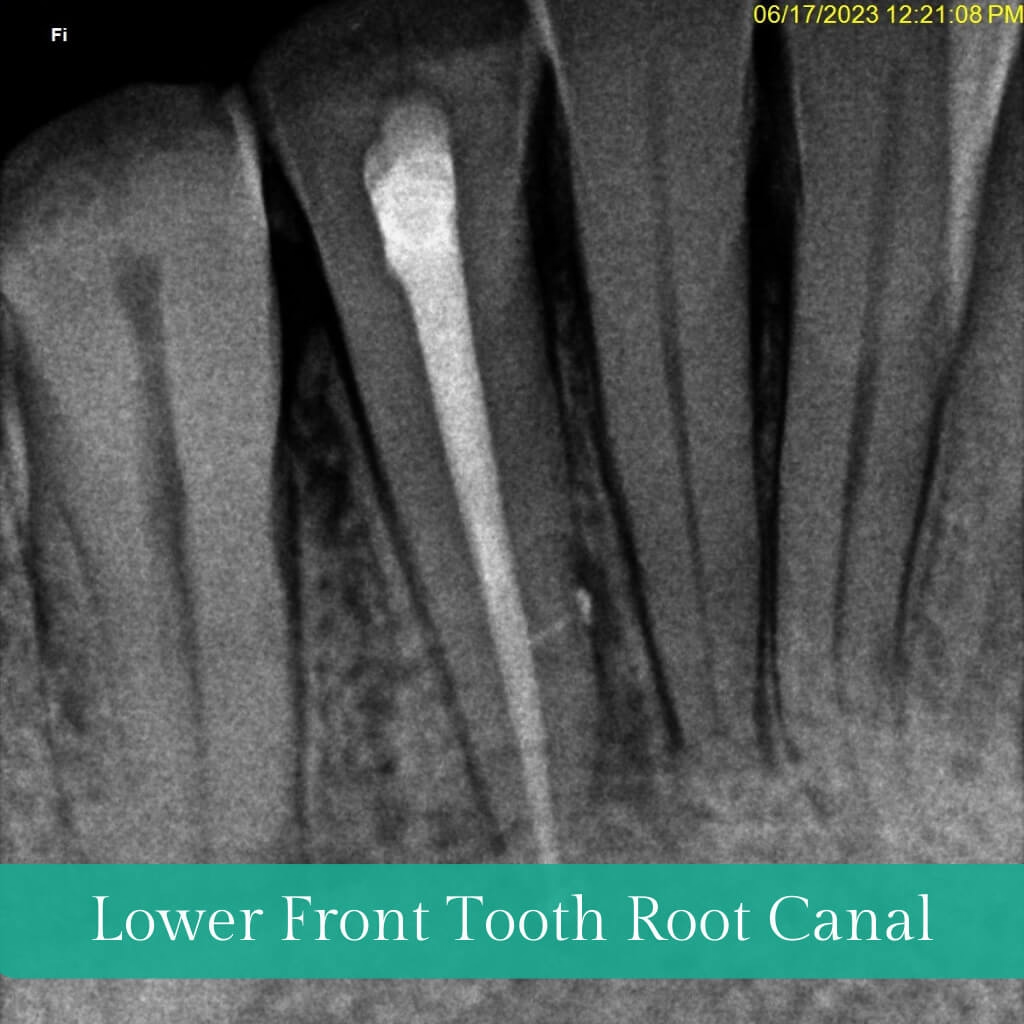Do you really need an RCT?
Pain on eating something sweet? Does biting hard food send shivers of pain down your spine? Do you get a sensitivity shock every time you eat an ice cream? If you're experiencing tooth pain like this, it may be necessary to contemplate undergoing a root canal procedure - BUT not always. So, let's decode what this RCT is and do you really need it?
This article will explore the indicators that necessitate a root canal, what causes root canal problems, if it's safe and painless, and post-treatment care and recovery.
So, let's find out if getting a root canal is really necessary.
Key Takeaways
- Root canal therapy is necessary when the tooth's inner pulp is infected or inflamed.
- Symptoms that signal the requirement for a root canal comprise pain while chewing or applying pressure to the tooth, sharp discomfort when consuming hot or cold beverages, and the presence of discoloured areas on the affected tooth.
- Poor dental hygiene, faulty dental restorations, and inadequate root canal filling placement can cause root canal problems.
- Root Canal Treatment is a safe and typically painless procedure, and post-treatment care is important for proper recovery.
What is a Root Canal Treatment
Do you know what a root canal treatment is and why it might be necessary for you? Root canal treatment, or RCT, is a dental procedure done to repair teeth that are damaged or infected.
This procedure becomes necessary when the pulp, the innermost soft tissue within the tooth, becomes infected or inflamed. The pulp contains the nerves, blood vessels, and connective tissue that are all necessary for healthy teeth.
In the course of a root canal treatment, the dentist will extract the pulp and meticulously cleanse the interior of the tooth till the root ends. Then, they'll fill the root with a special material to prevent further infection and decay. The dentist might decide to fit a crown on the treated tooth based on the severity of decay or damage in order to safeguard it and restore its functionality.
Root Canal Treatments can salvage teeth that would otherwise require extraction and replacement with artificial alternatives. It's important to discuss with your dentist if you think you may need a root canal treatment.
Signs You Need a Root Canal
- Persistent toothache: If you have a persistent or severe toothache that does not go away with over-the-counter pain medications, it may be a sign that you need a root canal. The pain may worsen when you bite or apply pressure to the affected tooth.
- Sensitivity to hot and cold: If you experience lingering sensitivity to hot or cold temperatures after the stimulus has been removed, it could indicate that the nerves and blood vessels inside your tooth are damaged, and a root canal may be necessary.
- Swelling and tenderness: When an infection spreads to a tooth's root, it can cause swelling and tenderness in the surrounding gum tissue. If you notice any swelling or tenderness along with the other symptoms, it's important to consult a dentist.
- Tooth discolouration: A tooth that has decayed or been traumatized may become discoloured, often appearing grey or dark. This discolouration may be an indication that the tooth's pulp is damaged, and a root canal is needed to save the tooth.
- Gum abscess: If you notice a small bump or pimple-like swelling on your gum near the affected tooth, it could be a gum abscess. This serves as an indication that bacteria have infiltrated the root canal system of the tooth, resulting in an infection that necessitates treatment through a root canal procedure.
- Loose tooth: In some cases, a tooth that requires a root canal may become loose due to the damage and infection in the root canal system. If your tooth feels loose or if you notice any shifting or movement, it's important to seek dental treatment promptly.
- Previous dental procedures: If you have had multiple dental procedures on the same tooth, such as fillings or crowns, and you are experiencing any of the aforementioned symptoms, it may be an indication that the tooth's pulp has been compromised and a root canal is necessary to save the tooth.
If you experience any of these signs, seeking treatment from a dentist as soon as possible is important.
What Problems can lead to a need for a Root Canal?
Have you ever wondered what problems lead to root canal treatment?
The following are the most common reasons for needing a root canal:
- Infected tooth: Bacteria can enter the tooth through a crack or a deep cavity, causing the pulp to become infected.
- Trauma to the tooth: Trauma or injury to a tooth can result in damage to its pulp.
- Tooth abscess: An abscess is the accumulation of pus that can develop within or around the tooth's root, resulting in an infection.
- Your dentist can diagnose the issue and suggest the most suitable treatment. Feel free to inquire and address any apprehensions you may have with your dentist prior to proceeding with any dental procedure.
Is It Safe and Painless
The answer is yes!
With modern technology, a root canal is both safe and painless. Root canals boast a success rate exceeding 95%, and when coupled with appropriate care, a tooth that has undergone a root canal can endure for many years. After the procedure, you may feel some mild soreness, but this should subside in a few days.
Post-Treatment Care and Recovery
After your root canal treatment, taking good care of your teeth is important to ensure a successful recovery. This includes following your dentist's instructions and taking over-the-counter medications as prescribed.
It's also important to keep in mind that the treated area needs time to heal and that infection and discomfort may persist for a few days afterwards. Here are some key tips for post-treatment care and recovery:
- Keep the treated area free from food debris and plaque buildup.
- Avoid chewing hard or sticky foods until the area has healed.
- Always use a soft-bristled toothbrush to clean the area gently.
- Use warm salt water rinses to reduce inflammation and aid in healing.
- Visit your dentist for follow-up care, as they may need to protect the treated tooth with dental crown/caps.
FAQ’s
Conclusion
So, while root canal treatment may seem daunting, it's actually a safe and painless procedure. Plus, with proper post-treatment care, you'll be smiling again in no time!
So don't worry; you don't need to fear the root canal - just relax and let the experts at Hope Dental & Esthetic Clinic, Noida, take care of the rest. You'll be glad you did - after all, that's what smiling's all about!




